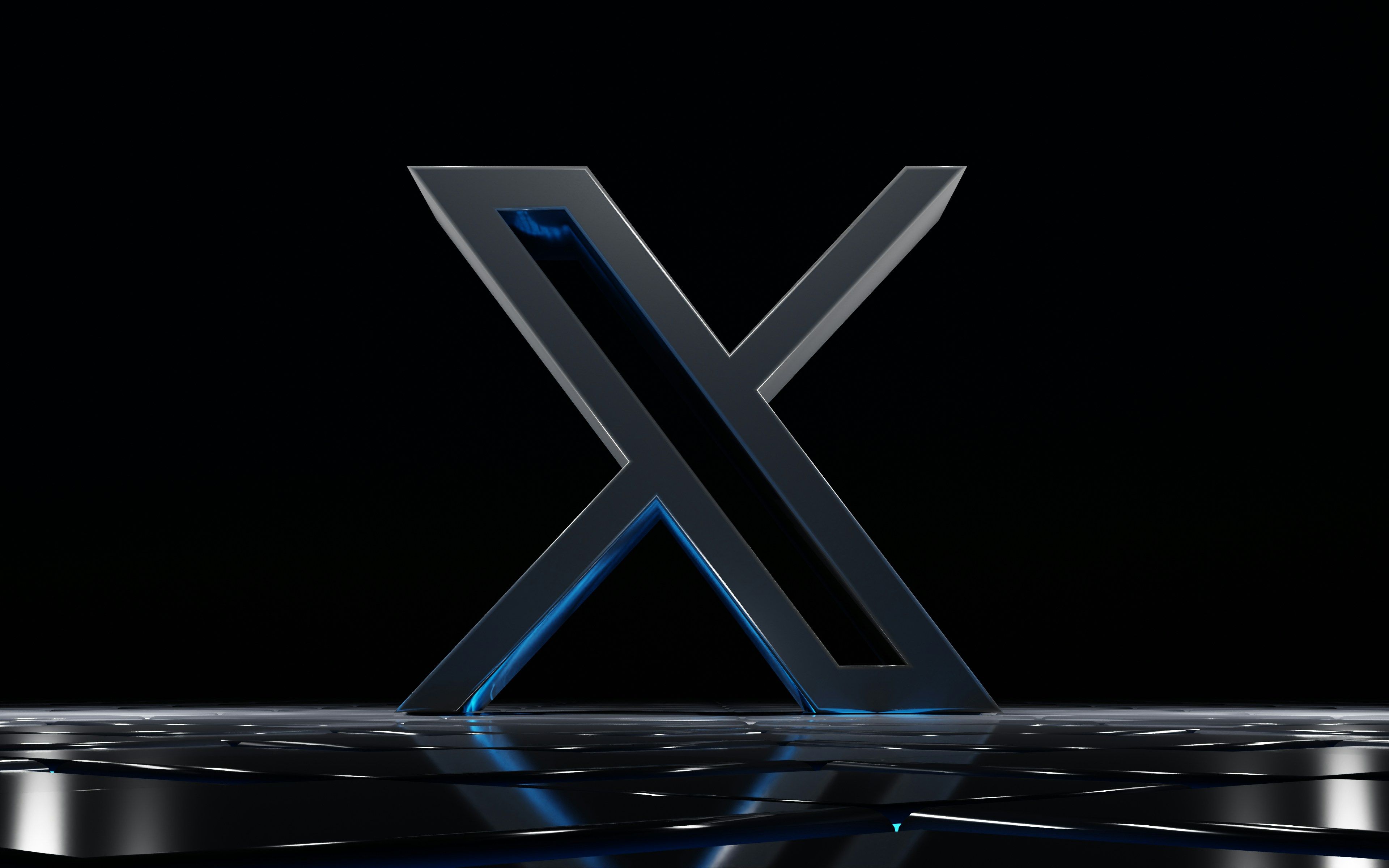Since its acquisition in October 2022, X has undergone several notable shifts, not just in terms of its branding but also in its user base and platform policies.
A New Era Begins
Elon Musk's takeover of Twitter, rebranded as X, marked the beginning of a new chapter for the social media platform. Musk's vision was to create a "public platform that is maximally trusted and broadly inclusive," aiming to protect free speech and combat spam bots. However, this transition was not without its challenges.
User Base and Engagement Impact
According to third-party mobile analytics, Elon Musk's X has seen a significant decline in daily active mobile app users in the U.S., falling by 23% since November 2022. This sharp decrease highlights a growing concern among users regarding the direction the platform is heading. Issues such as the uptick in bots, rise in hate speech, and inconsistencies in content moderation policies have contributed to users' frustration.
Policy Changes and Technical Glitches
During the summer of 2023, the platform implemented rate-limiting, capping how many times users can reload their feed and view tweets in a day. Additionally, the rebranding from Twitter to X, including dropping the iconic bird logo, reportedly affected App Store downloads and user engagement negatively.
X's Response and Clarification
Musk's X has disputed the findings regarding the decline in users, stating that both their data and self-reported data from other platforms paint a different picture. However, their statement did not provide concrete data to refute the third-party analytics report. It's crucial for X to address these concerns transparently to regain user trust and stabilize its user base.
The Road Ahead For X
The transformation of Twitter into X under Elon Musk's stewardship has undeniably left a significant imprint on the social media landscape. As X continues to navigate these changes, its success will likely hinge on striking a balance between promoting free speech, enhancing user engagement, and maintaining a healthy, inclusive platform. The coming months will be critical in determining whether X can overcome its current challenges and transform these into opportunities for growth and innovation.
The Twitter Acquisition and Initial Changes

Photo by Bastian Riccardi on Unsplash
Elon Musk's bid to purchase Twitter
Musk’s ambitious move to acquire Twitter, driven by his desire to expand “the scope and scale of consciousness” through public discourse, faced several challenges. Initially enthusiastic, Musk attempted to back out of the deal, citing concerns about the platform’s bot population. However, after a tumultuous legal process, the acquisition was completed, making Musk the new owner of the platform.
Rebranding to X and initial platform modifications
Under Musk’s ownership, Twitter was changed to X, and the platform underwent several modifications. These changes included a new focus on verification chaos, adjustments to API access, ban reversals, significant layoffs, and, most notably, the rebranding itself. Linda Yaccarino was later announced as the new X CEO, bringing in fresh leadership to the newly named platform.
Policy Changes and Platform Evolution

Photo by Alexander Shatov on Unsplash
Introduction of new verification systems and API charges
Elon's X introduced a revamped verification system that included new criteria for obtaining a blue checkmark and implemented charges for API access. These adjustments aimed at enhancing trust and reducing bot activity, but also raised concerns among the developer community regarding access and the potential impact on third-party integrations.
Changes in content moderation policies
Under Musk’s leadership, X revisited its content moderation policies, signaling a shift towards more lenient approaches, aiming to broaden the scope of free speech. This has sparked debates over the balance between free expression and the responsibility to curb harmful content.
Introduction of X Premium and its features
X Premium was launched, offering subscribers access to advanced features like the ability to publish longer posts, access to Grok—a new AI chatbot—and video streaming capabilities. X also experimented with monetizing features, such as voice and video calling, introducing new ways for users to interact while navigating privacy concerns.
These developments highlight Musk's commitment to transforming X into an "everything app," although they have been met with mixed reactions regarding platform usage and user engagement. As Musk's X evolves, the community continues to adapt to these significant changes, shaping the future of social media interaction.
User Engagement and Platform Performance

Photo by BoliviaInteligente on Unsplash
Analysis of user activity data since acquisition
Since Elon Musk's acquisition of the platform now known as X in October 2022, the platform has undergone significant changes, not only in its branding but also in its user engagement and performance metrics. Reports indicate a notable decline in daily active users, particularly in the U.S., where mobile app usage dropped by 23 percent since the takeover. This decline seems to be rooted in a variety of issues faced by the platform, including increased bot activity, a rise in unmoderated hate speech, and inconsistent content moderation policies. Additionally, major changes such as rate limiting and a rebranding from Twitter to X appear to have negatively impacted user engagement.
Comparison with other social media platforms
In comparison to other social media giants, X's decline in user engagement is pronounced. Other platforms like TikTok, Instagram, Snapchat, and Facebook have also experienced declines, but not to the extent of X. For example, TikTok saw a 9.5 percent decline, Instagram fell nearly 4.5 percent, Snapchat by nearly 2 percent, and Facebook by less than one percent in the same period. This stark contrast underscores the unique challenges X faces in retaining and growing its user base amidst the platform's transformation under Musk's leadership.
Future projections for X
Looking forward, the challenge for Elon Musk's X will be to reverse the trend of declining user engagement. This will likely require addressing the core issues that have led to user dissatisfaction, such as content moderation and platform stability. Musk's plans to introduce new features, like the integration of AI chatbot Grok, aim to enhance the user experience. However, to regain user trust and compete effectively with other social media platforms, X will need to demonstrate a commitment to user-centric policies and innovative offerings that enhance the value of the platform for its diverse user base.
Under Musk's leadership, X has introduced notable changes, including premium features for free to users with significant follower numbers, exploring NSFW adult communities, integrating AI technologies like the Grok chatbot, and venturing into video streaming apps for smart TVs. These initiatives showcase Musk's ambitious vision to transform X into an "everything app," broadening its utility and appeal.
However, this transformative period has not been without its pitfalls. X's usage reportedly saw a substantial drop, with daily active users in the U.S. falling by 18% year-over-year as of February 2024. Moreover, the platform's rebranding from Twitter to X has stirred feelings of nostalgia and resistance among users, challenging their sense of familiarity and connection to the platform.
Issues around content moderation, API access changes, and the reinstatement of controversial figures have sparked debates about the platform's direction and Musk's approach to free speech and platform governance. Furthermore, Musk's endeavors have sometimes conflated his stance against government surveillance with X's business operations, creating apparent contradictions in the platform's policies and practices








